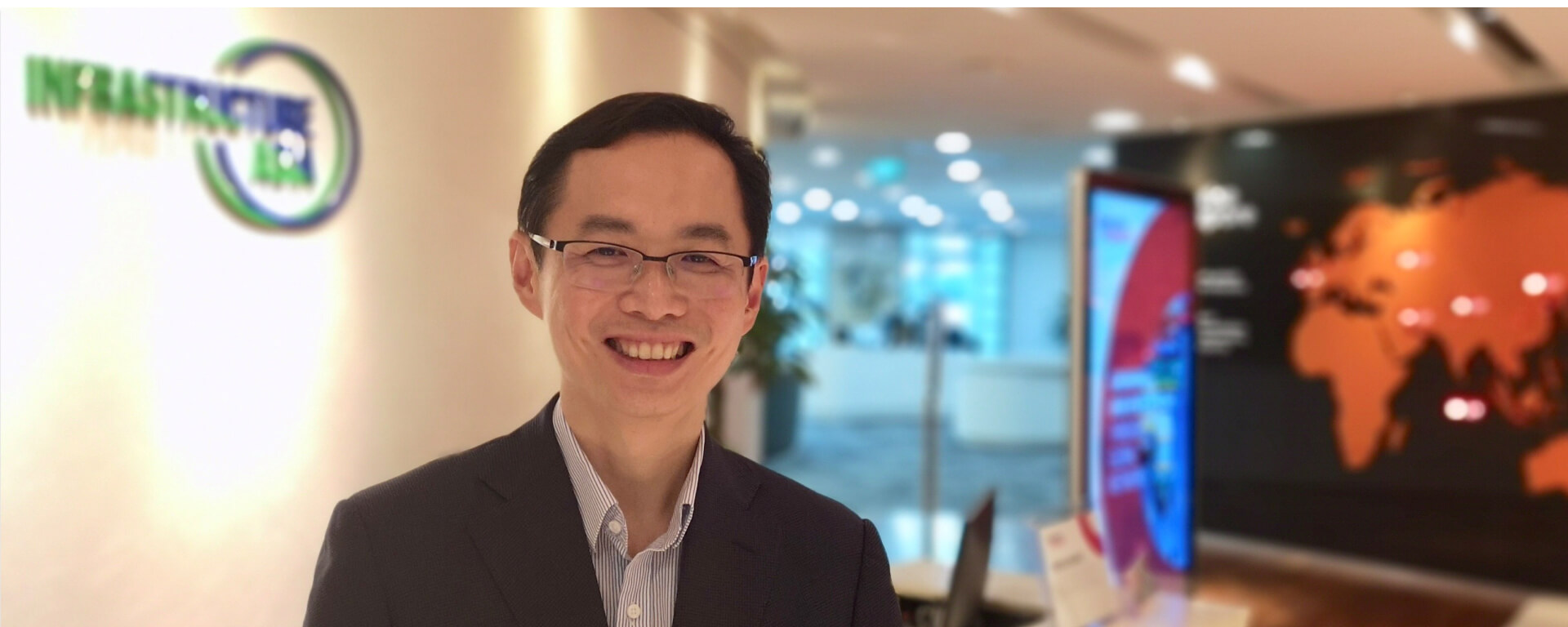IA Chats: 5 questions with Seth Tan, Executive Director of Infrastructure Asia
Seth Tan, Executive Director of Infrastructure Asia shares about the support Infrastructure Asia receives from the local authorities, governments in the region and best-in-class service providers towards solving regional infrastructure demands.
Infrastructure demand across Asia is huge. One estimate is that the region’s US$1.7 trillion demand on annualised basis is currently only about half met. A crucial component of infrastructure development is financing, but only 10% of Asian infrastructure is readily bankable, while 30% (over US$500 billion per annum) is considered “marginally bankable”.
Singapore has a strong base of financial institutions and professional services firms with deep expertise to support the region’s project structuring needs, but more must be done to promote them, which is why Enterprise Singapore and the Monetary Authority of Singapore launched Infrastructure Asia in October 2018.
We speak to Seth Tan, Infrastructure Asia’s executive director, to find out more about what the organization is doing to help address both supply-side and demand-side challenges for infrastructure development in the region.
The establishment of Infrastructure Asia (IA) is very timely, given the recent increased focus on infrastructure by regional governments and countries beyond. There is a large gap in unfulfilled demand, which we can facilitate. If we can help make projects in marginally bankable segments become bankable and appeal to the private sector, it would open up new business opportunities for Singapore-based companies and financial institutions.
Singapore is well placed to support infrastructure development in Southeast Asia, given our neutrality, strong connectivity and familiarity with the region, and our successful development of built environment over the last 50 years. Singapore’s ecosystem of government, companies and financial institutions have best-in-class solutions to address new and upcoming infrastructure needs, particularly in areas like urbanisation, transportation, water and waste, energy, and ports. IA is also not limited by the strengths or shortcomings of any one company, making us the ideal development partner for regional governments.
We have already received strong interest from the supply side. The World Bank Group, whom we have signed an MOU with, is a good example. It has strong credentials and capabilities in assisting countries in development and yet it has chosen to work with us as the demand gap is just too huge.
We need support from the supply side to be able to play a catalytic and early-stage driver role in infrastructure projects that appeal to investors, financiers and private capital. To this end, we have already signed an MOU with the Singapore Business Federation (SBF), with whom we plan to hold quarterly briefings on potential opportunities we identified during our country visits.
Some best-in-class companies and financial institutions have already expressed an interest in partnering us to help regional governments with capacity building and structuring, so more projects can become bankable. These partners include multilateral development banks, commercial and investment banks as well non-bank financial institutions like infrastructure funds, insurance companies, professional services firms and think-thanks.
We are also learning about the supply side’s pain points. Where possible, we will help resolve them so Singapore-based solutions can become more compelling to the demand side. One example is the long period needed to negotiate and document project finance loans. We hope to work with the industry to find ways to standardise portions of project finance loan documentation to reduce the time to financial close for Singapore-originated financings.
We’ve adopted a demand-centric model that focuses on addressable infrastructure projects with a scope and willingness to involve offshore solutions, which Singapore-based companies or institutions can potentially address. We have already visited Vietnam, Indonesia, Philippines, Myanmar, Cambodia, Bangladesh, India and China, and our regional counterparts are keen to know more about how our office can help.
Key areas where we can help include:
- Capital recycling: many state-owned enterprises have built a lot of infrastructure using their own credit. This is an area where Singapore can offer a variety of solutions, including bank refinancing, asset-securitisation, infrastructure funds take-out, listed bonds, and for the right cases, even listed business trusts.
- Capacity building and case structuring: sub-sovereign risk underpinning credit in transport-oriented development and water and waste infrastructure is difficult for foreign financiers to assess. Additionally, some regional government offices are less familiar with policies, commercial structures and project-specific conditions that may make their projects more conducive to attracting international solutions.
We will continue to build awareness of our platform so that we can become the go-to partner for regional infrastructure projects and build a steady pipeline of projects. Being demand-centric means making sure whatever we do addresses the demand from various markets, which have different needs depending on their stage of development. If our regional counterparts don’t really want it, it makes no sense; there has to be a need. At the same time, we will look for demand that we can address.
Our long-term objective is for Singapore to be Asia’s infrastructure hub. For this, we need a track record, relevant solutions and also people within the Singapore infrastructure ecosystem that we can tap on for their expertise. We hope to intensify our engagement with the supply side to increase the number of good partners we have from 12 to many more. We don’t want to spread ourselves too thin, but hope to go deep in some cases to get results faster and showcase our capabilities.
We welcome companies and institutions to partner us in the following ways:
- Share your target countries, infrastructure sub-segments, product/service offerings, priorities and growth plans.
- Share the strengths of your products and services, and the feedback from the market on them.
- Contribute to our early-stage discussions or catalytic structuring/capacity-building sessions with regional governments. This requires representatives of sufficient seniority and domain knowledge to build trust with the demand side.
- Attend our periodical opportunity/sharing sessions and engage us if there are project opportunities of interest.
- Share with us your challenges with regional infrastructure projects (particularly involving government stakeholders) to see if we can assist.

